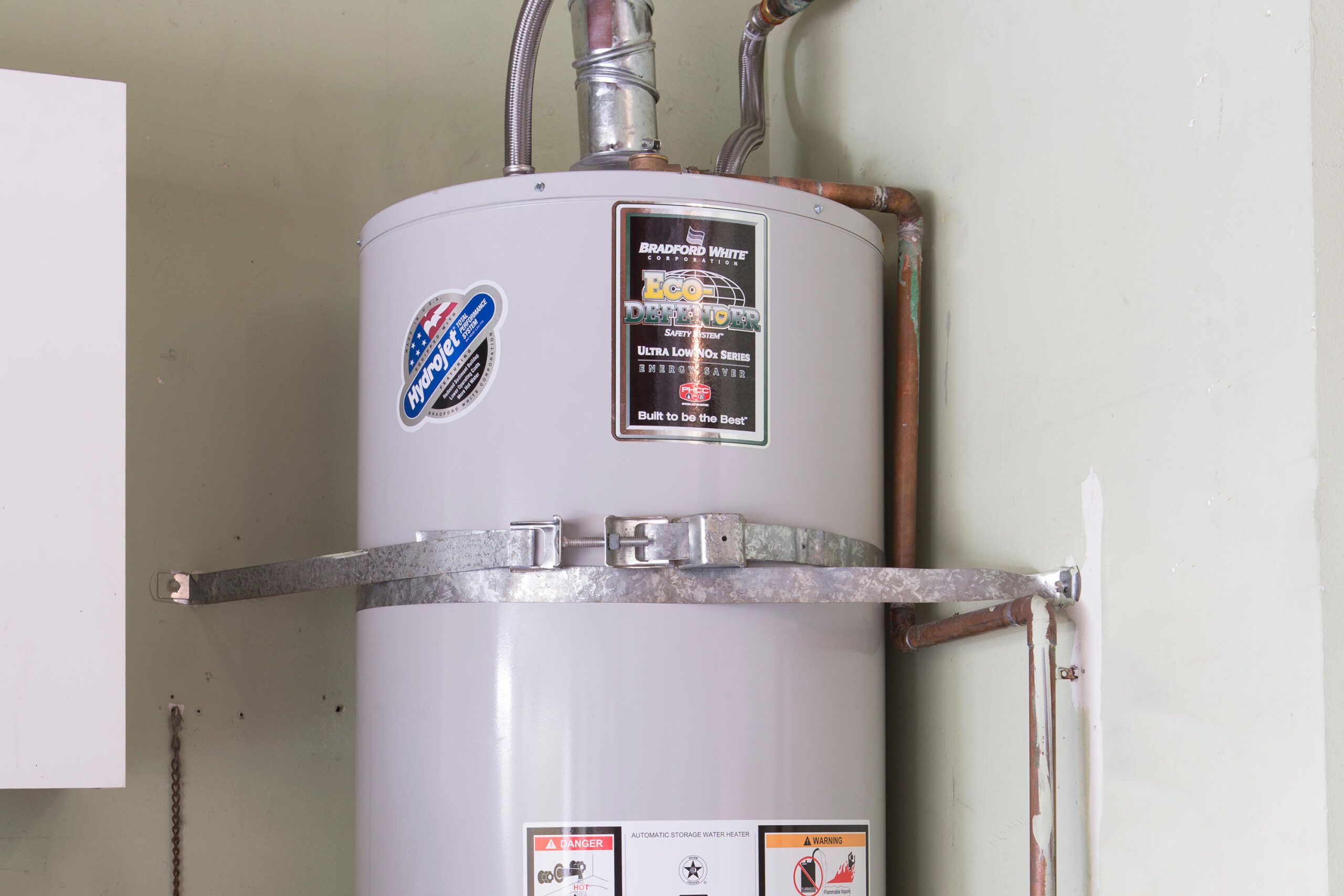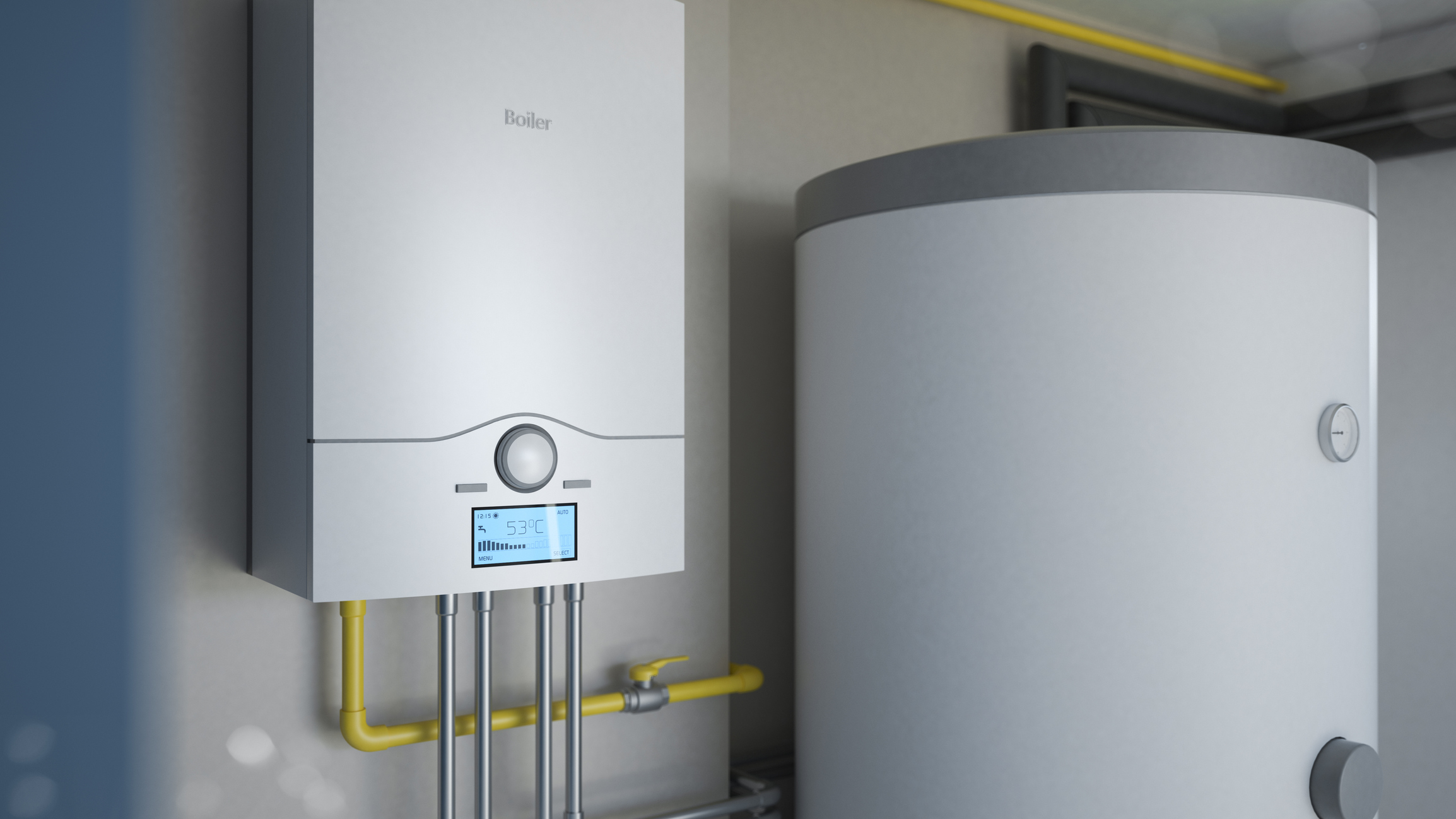Caring for Your Home's Hot Water System: Important Tips
Caring for Your Home's Hot Water System: Important Tips
Blog Article
We have unearthed this great article pertaining to Water Heater Maintenance Tips You Can't Afford to Forget below on the internet and concluded it made sense to quickly share it with you on this page.

Hot water is crucial for everyday convenience, whether it's for a refreshing shower or cleaning recipes. To ensure your warm water system runs effectively and lasts much longer, regular upkeep is vital. This short article gives useful ideas and understandings on exactly how to maintain your home's hot water system to prevent disturbances and pricey repairs.
Intro
Keeping your home's hot water system might seem daunting, but with a couple of easy actions, you can guarantee it runs smoothly for years ahead. This overview covers every little thing from understanding your hot water system to do it yourself upkeep tips and understanding when to call professional assistance.
Value of Keeping Your Hot Water System
Normal maintenance not only prolongs the life-span of your warm water system yet also ensures it runs efficiently. Overlooking maintenance can cause lowered performance, greater power expenses, and also early failing of the system.
Indicators Your Warm Water System Demands Upkeep
Recognizing when your warm water system requires focus can protect against major issues. Look out for signs such as inconsistent water temperature level, odd sounds from the heating unit, or rustic water.
Purging the Hot Water Heater
Flushing your water heater gets rid of debris build-up, boosting efficiency and lengthening its life.
Monitoring and Replacing Anode Rods
Anode rods prevent deterioration inside the tank. Inspecting and replacing them when broken is critical.
Facility Problems Needing Expert Help
Examples include significant leakages, electrical troubles, or if your hot water heater is constantly underperforming.
Routine Expert Maintenance Benefits
Specialist maintenance can include detailed evaluations, tune-ups, and ensuring compliance with safety standards.
Examining and Changing Temperature Setups
Adjusting the temperature settings ensures optimum performance and safety.
DIY Tips for Upkeep
You can carry out several upkeep tasks yourself to maintain your hot water system in leading condition.
Looking for Leakages
Regularly evaluate pipes and links for leakages, as these can lead to water damages and higher costs.
Understanding Your Hot Water System
Prior to diving into upkeep tasks, it's helpful to recognize the fundamental parts of your hot water system. Commonly, this includes the hot water heater itself, pipes, anode poles, and temperature controls.
Month-to-month Maintenance Tasks
Normal month-to-month checks can assist capture small issues before they escalate.
Testing Pressure Alleviation Valves
Checking the pressure safety valve ensures it functions appropriately and stops excessive stress accumulation.
Insulating Pipelines
Protecting warm water pipelines reduces heat loss and can save energy.
When to Call an Expert
While do it yourself maintenance is beneficial, some issues need specialist competence.
Verdict
Regular maintenance of your home's warm water system is essential for performance, longevity, and expense financial savings. By adhering to these suggestions and understanding when to look for specialist aid, you can ensure a trustworthy supply of warm water without unexpected interruptions.
How to Maintain an Instant Hot Water Heater
Before tinkering with your hot water heater, make sure that it’s not powered on. You also have to turn off the main circuit breaker and shut off the main gas line to prevent accidents. Also turn off the water valves connected to your unit to prevent water from flowing into and out of the appliance. 2. When you’re done, you have to detach the purge valves’ caps. These look like the letter “T†and are situated on either side of the water valves. Doing so will release any pressure that has accumulated inside the valves while at the same time avoid hot water from shooting out and burning your skin. 3. When the purge valves’ caps are removed, you have to connect your hosing lines to the valves. Your unit should have come with three hoses but if it didn’t, you can purchase these things from any hardware or home repair shops. You can also get them from retail stores that sell water heating systems. Read the user’s manual and follow it to complete this task properly. When the hosing lines are connected, open the purge port’s valves. 4. You should never use harsh chemical cleaners or solutions when cleaning your unit. Make use of white vinegar instead. It should be undiluted and you’ll probably use about 2 gallons. 5. Now flush your water heater. This task should probably take about 40 minutes. We can’t give you specific directions for this because the procedure is carried out depending on the type, model and brand of your heater. With that being said, refer to the user’s manual. 6. When you’re done draining the unit, you have to turn off the purge port valves again. Remove the hosing lines that you earlier installed on each of the water valves. Put the valve caps (purge port) back in their respective places and be very careful so as not to damage the rubber discs that are found inside these caps. 7. Now that everything’s back in place, check your user’s manual again to find out how to reactivate your water heating system. 8. Once it is working, turn one of your hot water faucets on just to let air pass through the heater’s water supply pipes. Leave the tap on until water flows smoothly out of it. https://www.orrplumbing.com/blog/2014/september/how-to-maintain-an-instant-hot-water-heater/

As an enthusiastic reader on Tips on Maintaining a Water Heater, I thought sharing that editorial was a great idea. If you please take a moment to share this blog post if you liked it. I treasure your readership.
Book A Service Report this page